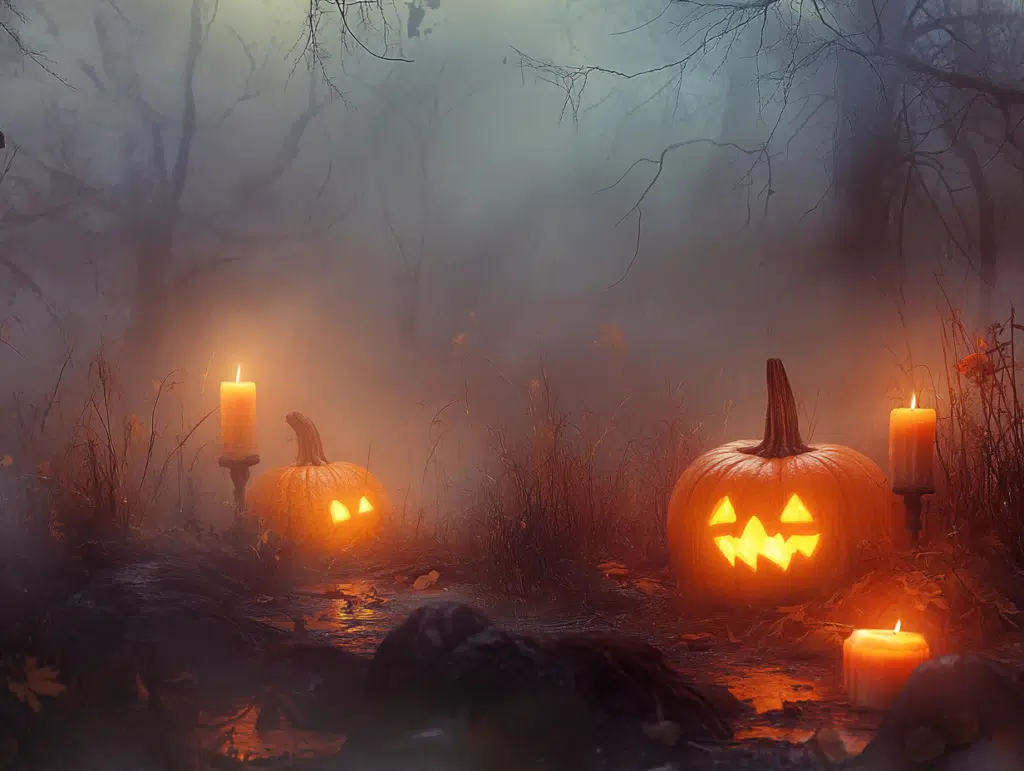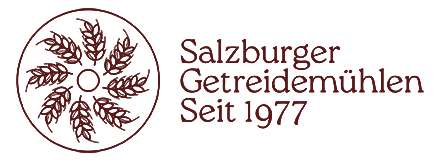
It all began around 2,000 years ago in Ireland and Scotland. Back then, the Celts lived there, a people who had a deep connection with nature. For them, October 31st marked the end of the harvest season and the beginning of winter. They celebrated a festival called Samhain (pronounced “Sow-in”). It was believed that on this night, the boundary between the world of the living and the dead was particularly thin. The spirits of the deceased could therefore return to earth. To appease the spirits, the Celts lit large fires and wore scary masks and costumes to ward off evil spirits. That sounds a bit like Halloween, doesn’t it? But it got even more interesting: People would set out food and drink outside their homes – an early form of trick-or-treating ritual.
In the 8th century, the Catholic Church decided to reinterpret Samhain a little. Pope Gregory III declared November 1 to be All Hallows ‘ Day to commemorate all those who had already gone to heaven. The night before, October 31, was known as “All Hallows’ Eve” – and this is where the name Halloween came from. Irish immigrants finally brought the festival to the USA in the 19th century, where it met with great enthusiasm. Halloween developed there into the spooky spectacle we know today – including costume parties, carved pumpkins and, of course, the famous trick-or-treat parades.
The glowing pumpkin with the creepy grimace is THE symbol of Halloween. But it also has its origins in ancient legends. According to an Irish legend, there was a man called Jack O’Lantern who managed to outwit the devil. When Jack finally died, he was not allowed to go to heaven or hell. So he was condemned to wander eternally through the darkness with a hollowed-out turnip and a glowing piece of coal as his light. The Irish immigrants in the USA soon discovered that pumpkins were much easier to carve than turnips. This is how the “Jack O’Lantern” became an integral part of Halloween – and a shining warning for all ghosts to stay away.
Today, Halloween is a popular occasion for scaring, celebrating and snacking, not only in the USA but also in many other countries. Costume competitions, ghost stories and scary movies are just as much a part of it as the traditional “trick or treat”. For many, it’s great fun to let their imagination run wild and slip into different roles – be it as a vampire, witch or zombie. But behind all the colorful lights and exuberant celebrations lies a tradition that is thousands of years old and has grown from a simple festival to honor the harvest into one of the biggest spectacles of the year. Whether you celebrate it or not, one thing is clear: Halloween has earned a permanent place in our hearts (and candy cabinets).
Halloween is much more than just a reason to dress up in scary costumes and collect sweets. The origins of this festival lie deep in the history of the Celts and their connection to nature and spirits. Over the centuries, it has been influenced by different cultures and has reinvented itself time and time again. Who would have thought that a simple celebration in honor of the harvest would one day become a worldwide phenomenon? So, the next time you see a grinning pumpkin or little monsters knocking on your door, remember: Halloween has come a long way – from the hills of Ireland to our cities and hearts. Keywords: halloween history, origin halloween, origin halloween, tradition halloween, samhain celtic, all hallows eve, jack o’lantern legend, halloween customs, halloween usa, spooky festival origin, halloween ireland, pumpkin carving halloween. Hashtags: #halloween #historyhalloween #originhalloween #traditionhalloween #samhain #jackolantern #halloweenvibes #celtichistory #allhallowseve #sweetorsour #halloweenspirit
Address:
Gasteigweg 25,
5400 Hallein
Austria
Opening hours:
Monday to Thursday: 09 – 16:00
Friday: 09 – 12:00
Contact:
Phone: +43 6245 83282
E-mail: info@agrisan.at
Address:
Gasteigweg 25,
5400 Hallein
Austria
Opening hours:
Monday to Thursday: 09 – 16:00
Friday: 09 – 12:00
Contact:
Phone: +43 6245 83282
E-mail: info@agrisan.at

